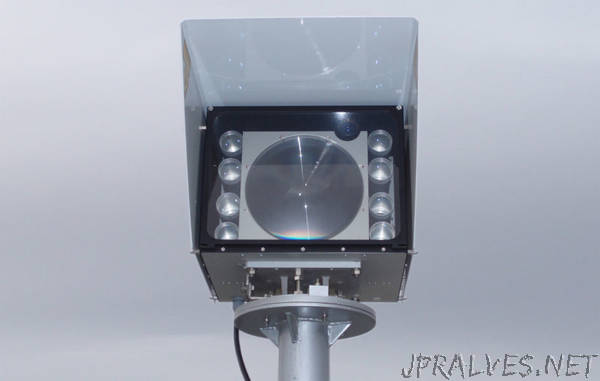
“Alphabet’s X Lab has cooked up yet another Internet connectivity scheme, according to a report from Reuters. Past efforts have involved floating Internet balloons and laying lots of fiber optic cable, but this Internet delivery system sends data over laser beams! This isn’t an experimental system like Project Loon; India’s Andhra Pradesh state government has signed an agreement with Alphabet to bring the technology to millions of people starting next year.
The technology is called “free space optical communication,” and it works exactly the way it sounds: you aim two light beams at each other and communicate through blinking. “Free space” means you’re not using any cable at all and are just communicating through the air over line of sight. Typically this is done with lasers, although for shorter distances it’s possible to use LEDs.
Alphabet’s rollout in India will involve fitting “2,000 boxes installed as far as 20 kilometers (12 miles) apart on posts and roofs” according to the report. The optical system is expected to hit 20 Gbit/s from box to box and would serve as a backbone, replacing more expensive technologies like fiber optics. The final connection to users would happen over Wi-Fi or cellular.
Free-space optical communication is not a new technology. Existing systems have stuck to using eye-safe laser power densities and can achieve around 10Gbit/s. If you’re like me and immediately asked “how can a line-of-sight laser system work when it rains?” The answer is “it doesn’t.” Atmospheric disturbances like rain, snow, fog, dust, and heat can all interfere with the light beam, and they have been the major limiting factor in this communication method. The report says Alphabet is “piloting a new approach” to the challenges of optical communication, but it didn’t go into any more detail than that.”
